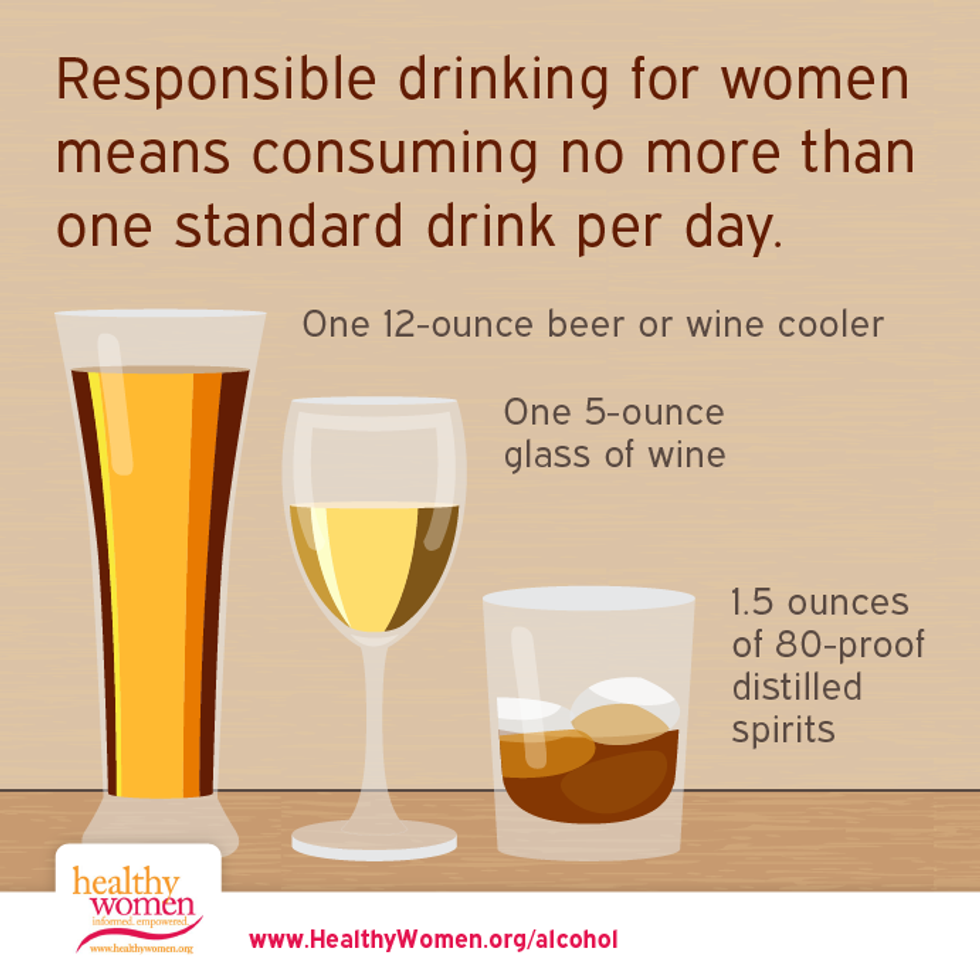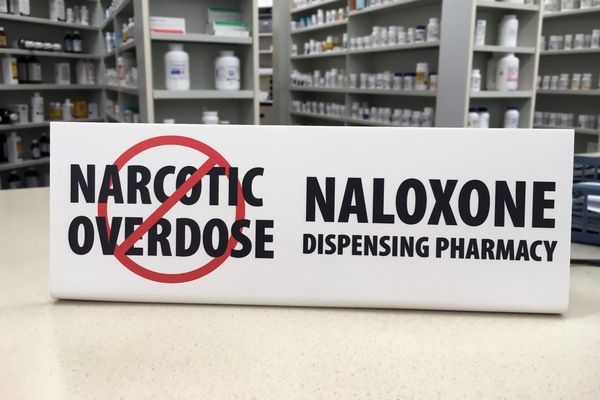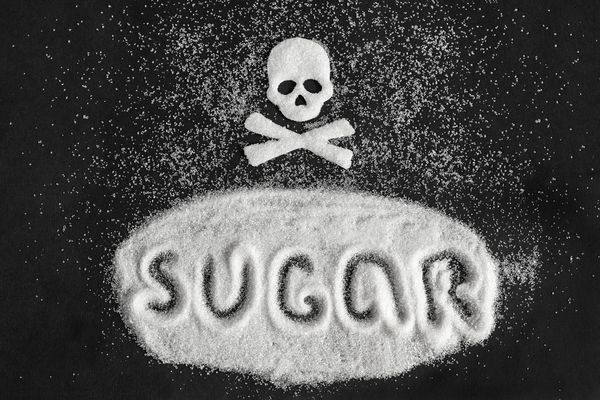Turning 21 and being able to legally drink is a rite of passage for many Americans. While there's nothing wrong with a drink here and there (especially red wine, which has been shown to have health benefits), alcohol is still a dangerous substance that can lead to plenty of health, social and emotional issues if it's abused.
With the many types of alcohol and the prevalence of it in today's society, it can be hard to know when casual drinking crosses the line into alcohol abuse territory. Here are some tips to help you keep a check on your drinking.
How much is too much?
First, it's important to recognize how much alcohol is considered one drink. One drink could be one 12-ounce bottle of beer (with 4.5 percent alcohol), one 12-ounce wine cooler (4 percent to 6 percent alcohol), one 5-ounce glass of wine (with 12.9 percent alcohol) or 1.5 ounces of 80-proof distilled liquor, like whiskey, vodka or gin. However, depending on the alcohol content of the drink, this could be more or less.
So, now that the serving size of one drink is clear, you need to recognize how many drinks are considered low risk and how many are considered high risk for alcohol abuse. Generally, a woman is considered high risk for abuse if she drinks more than seven alcoholic beverages per week or has more than three drinks in one sitting. This is much less than men, who can have no more than 14 drinks per week or four drinks in one sitting before being considered high risk.
Women are at greater risk for alcohol abuse than men, and it takes less alcohol to reach dangerous blood alcohol content levels. That's because women's bodies absorb alcohol faster than men's. An enzyme called alcohol dehydrogenase, or ADH, which breaks down alcohol before it enters the bloodstream, is less active in women than men. Women also have a smaller ratio of water to fat than men, meaning there's less water to dilute the alcohol and more fat to contain it.
When is there a problem?
There are many signs of alcohol abuse. Whether you're trying to decide if you have a serious drinking problem or if someone you know does, ask yourself the following questions:
- Are serious risks being taken, like driving under the influence, mixing alcohol with medicine or drinking while pregnant?
- Has drinking become a habit that's used regularly for things like relaxing, going to sleep, avoiding reality or being more comfortable in social situations?
- Has drinking become a burden that causes guilt or annoyance when someone brings up the possibility of a problem?
- Has work, a relationship or health suffered as a result of drinking?
If you're worried about your own habits and you answered yes to any of these questions, it's time to talk to your health care professional. If you think someone close to you may have a problem, gently encourage them to see their health care professional.








